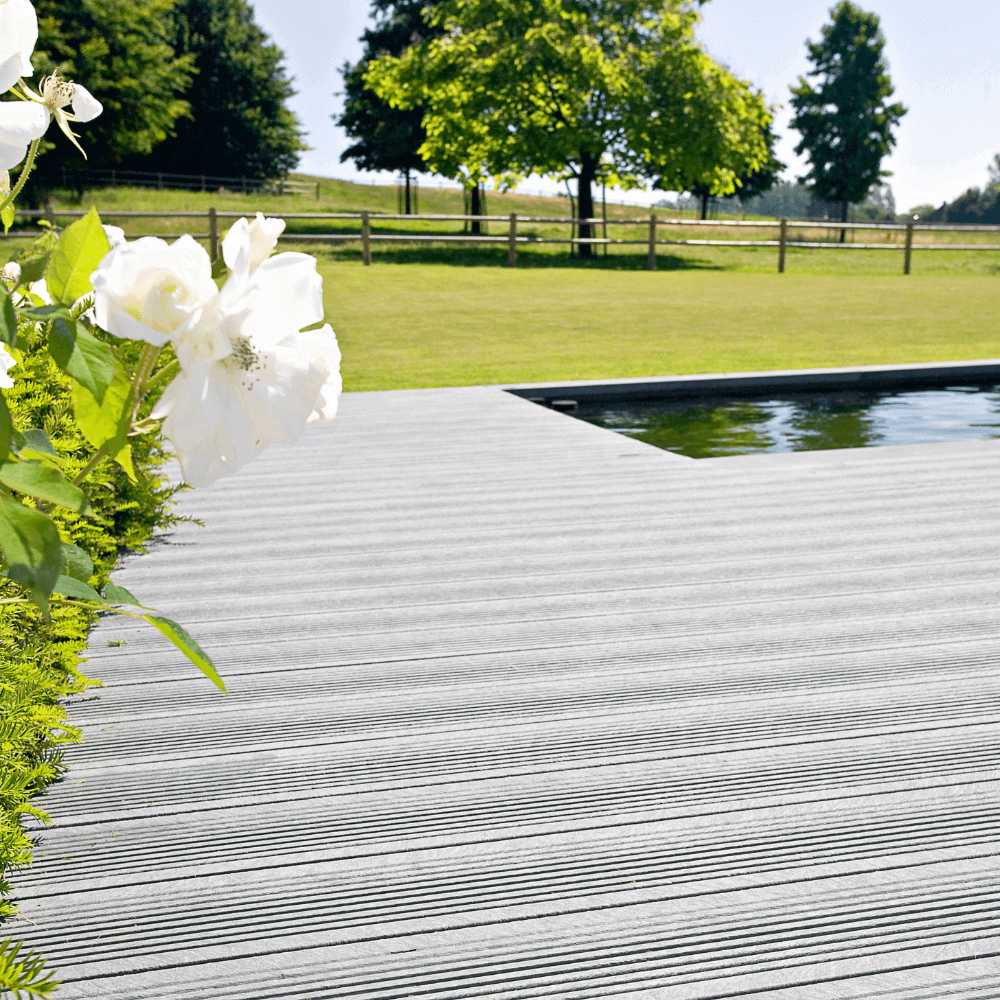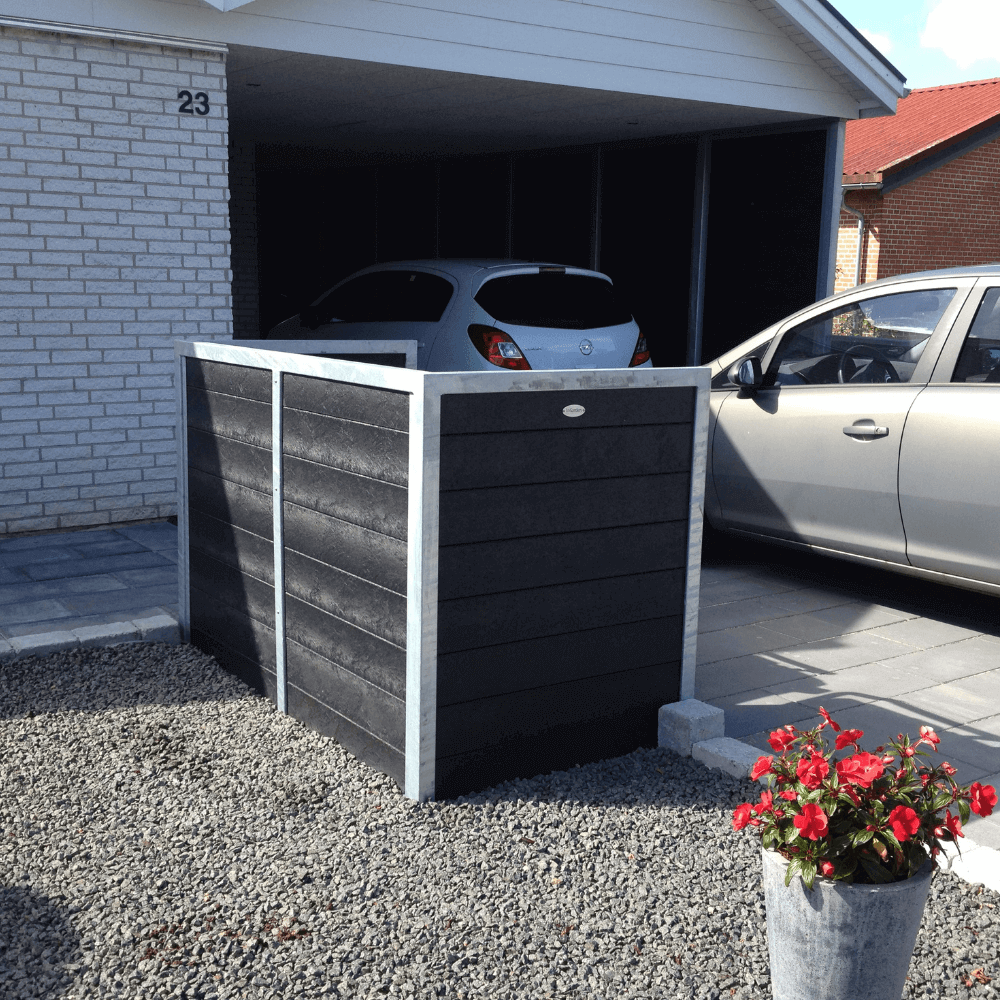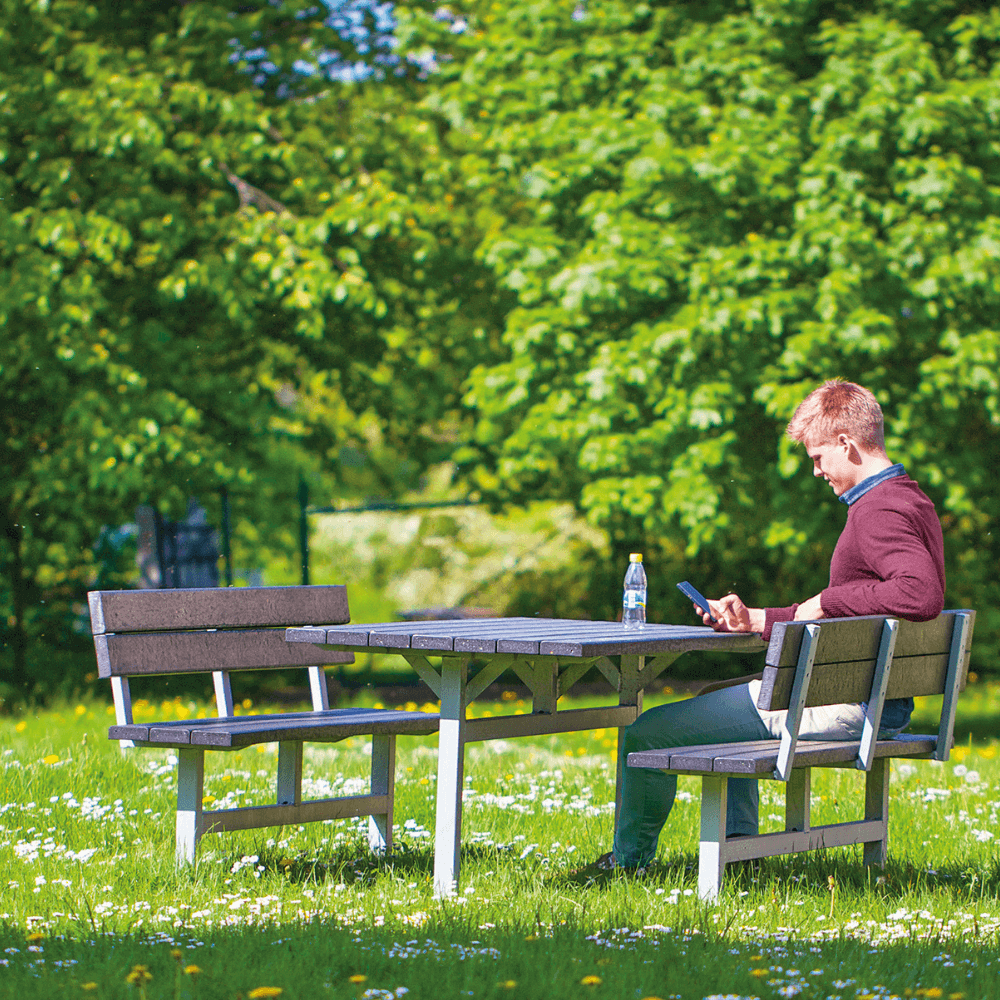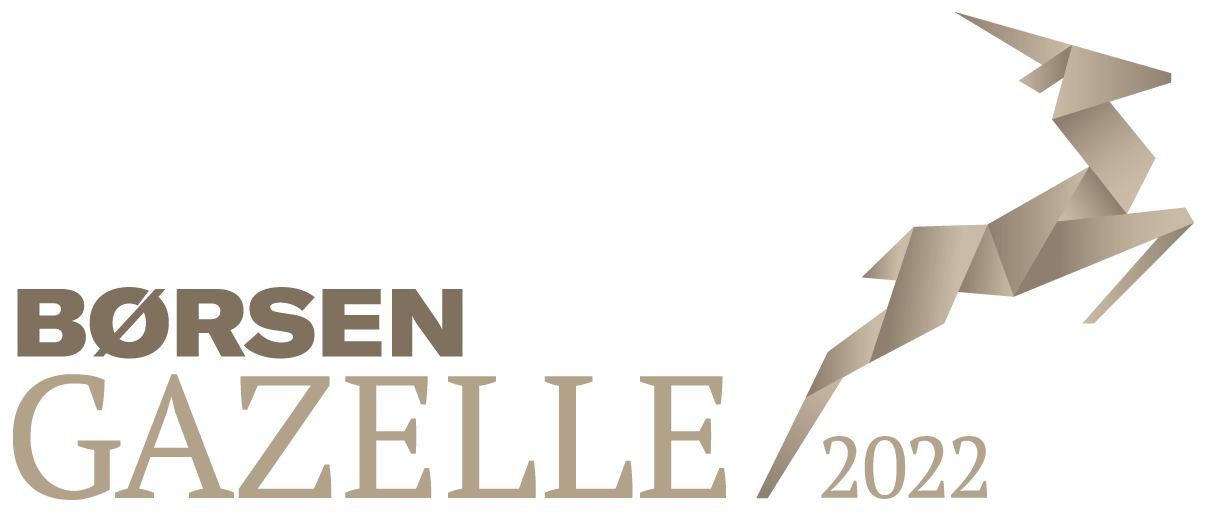Now is the time for germination. and GrowCamp has a carefully selected program for the purpose:
What is germination
Germination is when seeds are sown in small pots or trays, where they germinate and grow to a suitable size. Then they are planted out on the growing site, where they remain until harvest. Some people choose to repot several times during the process, but it is not necessary for the plants.
If you sow in the open air, there is a risk that birds and other animals will take the seeds, or that temperature or irrigation conditions will prevent the germination from succeeding. When sowing in small pots and providing light, adequate heat and soil moisture, the seeds germinate evenly. The fact that the pots can be moved makes it easier to create an optimal environment.
More vegetables, e.g. lettuce, onions, leeks, spinach and peas can be sown indoors as early as February.
The seeds germinate willingly and the plants develop quickly and vigorously if you use artificial light. When using LED bulbs, the cost of power is very modest.
Lettuce, onions, peas, spinach and several other vegetables can be planted in GrowCamp's covered raised beds as soon as the danger of heavy night frost is over. With light night frost, the temperature can be raised a few degrees in the bed if you use candles at night. This means that you can have salad already at the end of March.


Harvest several times
When the danger of night frost is over, you can germinate your plants outdoors on the "top floor" in the GrowCamp or in the greenhouse.
Then you always have new small plants ready as soon as there is free space in the raised beds. Many sow lettuce and peas at 14-day intervals until all of August. When you germinate and make optimal use of the space, it is possible to get almost twice as many teams of vegetables each season.
Germination how
Single-seed sowing
In single-seed sowing, one or two seeds are sown per pot. The cheap seeds are sown two per. pot. The weakest plant is removed if both seeds germinate. In the case of expensive seeds, only one seed is sown per day. pot. Then one has to come to terms with the fact that some pots remain empty because the seed does not germinate.
Broad sowing in a pot or ground
By wide sowing is meant that many seeds were sown per. pot or tray and that the plants do not thin out. When planting out in the GrowCamp, you can carefully loosen the contents of the pot and possibly. pull the roots slightly apart so that it becomes a row of plants rather than a square lump you put in the ground. This gives the plants a little better space and more light in the growing area and thus a better opportunity to develop.
Land
Most people buy seed and prickly soil instead of using their own soil from the garden. The soil must be free of diseases and without fertilizer, otherwise you will not get healthy and vigorous plants. It is also important that the soil is loose and free of stones.
Sowing
The seeds were sown at the depth indicated on the seed bags. The soil should be moist but never wet. The pots or trays are covered with lids or plastic film, which retains moisture during germination. The seeds do not tolerate drying out. Make sure that the pots are not exposed to direct sunlight, which can cause the temperature to rise sharply under the plastic. As soon as the plants peek out, the cover can be removed.
Temperature
Onions, lettuce, dill, parsley, spinach, peas, horse beans, cabbage and beets germinate best at temperatures from 15 - 20 degrees.
Corn, tomatoes, beans, chili, pepper, eggplant, melon, pumpkin and squash want temperatures from 22 - 30 degrees.
Fertilizer
Start fertilizing the water as soon as several sets of leaves have appeared in addition to the cotyledons. Start with a weak solution and gradually increase to the solution indicated on the packaging. Peas and beans themselves produce nitrogen and therefore do not need fertilizer.
Relationship between light, heat, fertilizer and water
The relationship between temperature, light, water and fertilizer is crucial for germination and growth. High temperature and a lot of light require a lot of water and fertilizer. Low temperature requires less light, water and fertilizer. In sparse light, the temperature must be low, otherwise you will get rickety and weak plants.




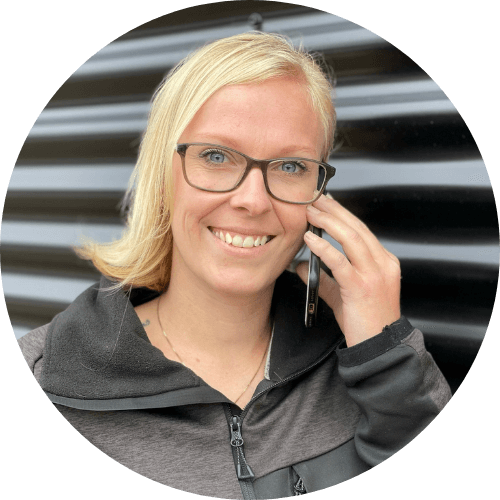



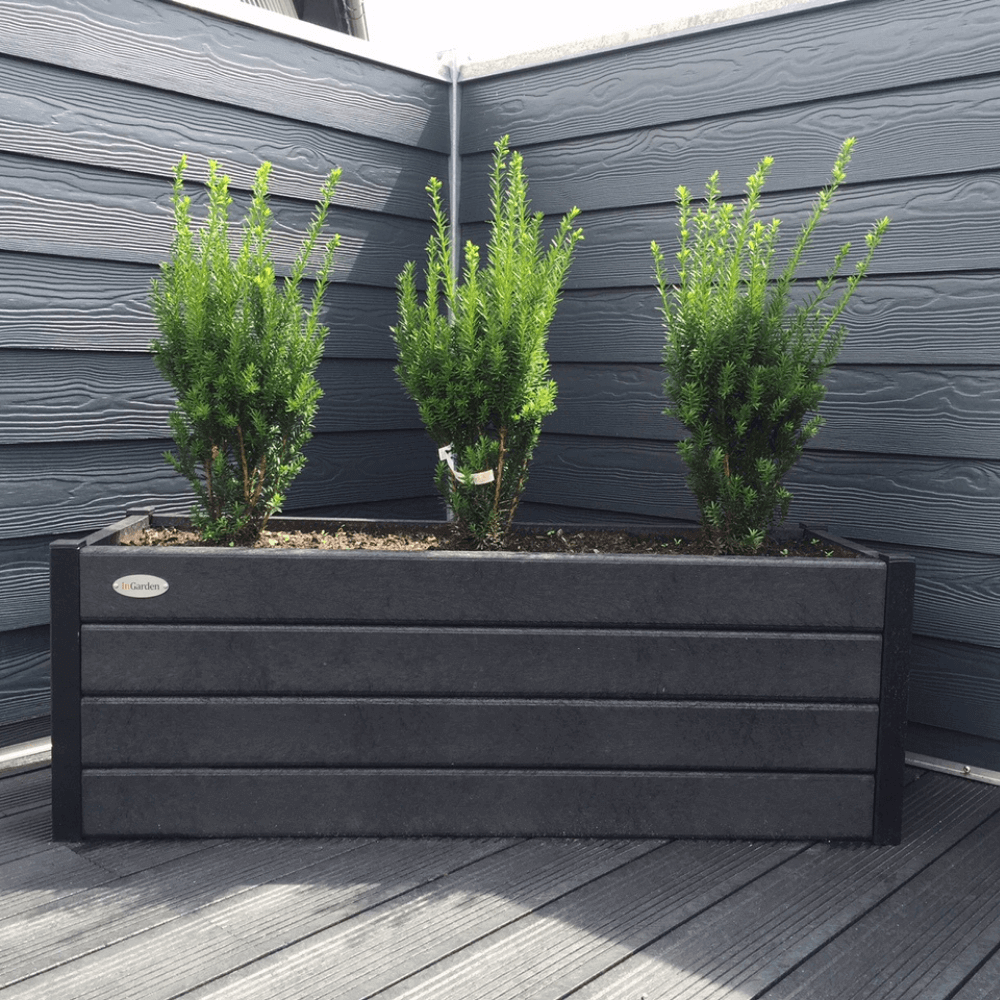
-1.backdrop.png)
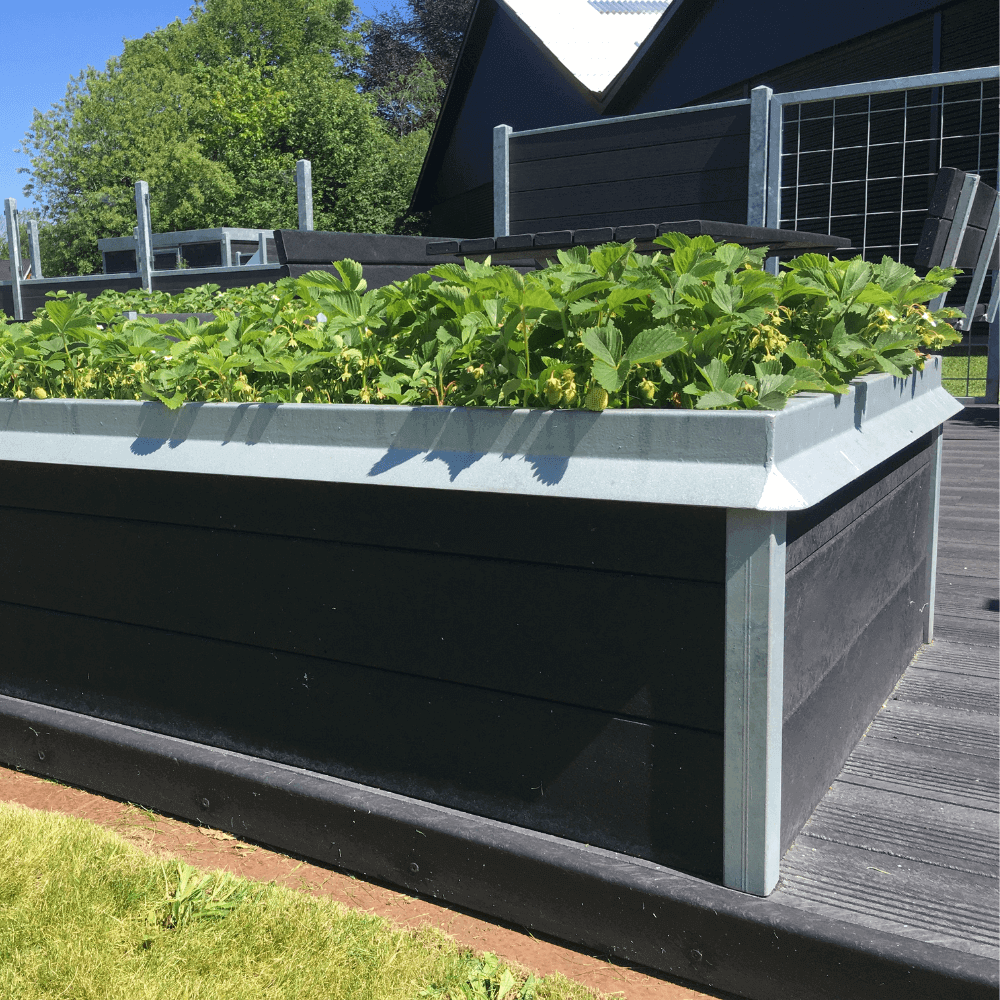
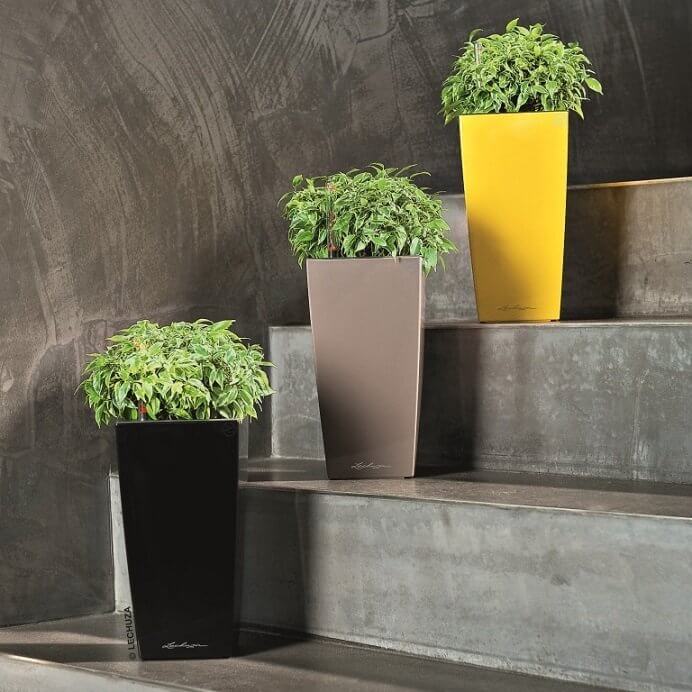
-1.backdrop.png)
